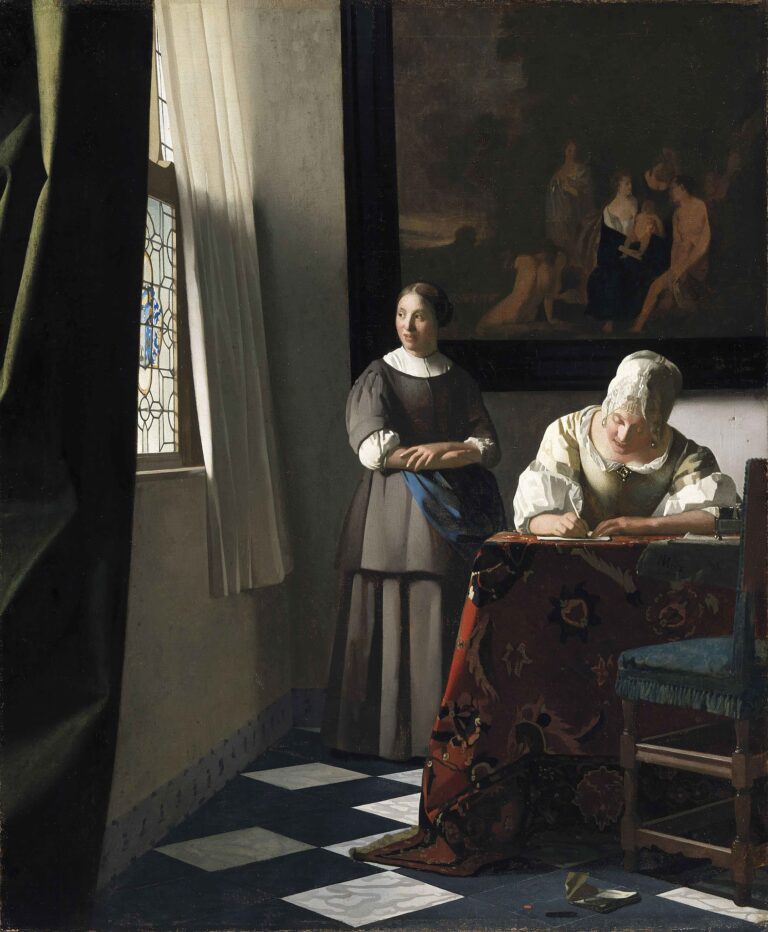Johannes Vermeer

Johannes Vermeer (1632–1675) was a prominent Dutch painter during the Golden Age of Dutch Art in the 17th century. While not particularly famous during his own lifetime and relatively unknown for a significant time posthumously, Vermeer’s reputation grew substantially in the 19th century and he is now recognized as one of the greatest painters of the Dutch Golden Age.
Vermeer is particularly renowned for his masterful treatment and use of light. His most recognized art style is that of genre painting, focusing on domestic scenes of middle-class life. Unlike many of his contemporaries, Vermeer’s body of work is relatively small, numbering around 34 paintings, but his attention to detail, extraordinary control over his medium, and the quiet yet powerful intensity of his compositions have led to his works being celebrated for their realism and beauty.
Some of his most famous works include “Girl with a Pearl Earring,” “The Milkmaid,” and “View of Delft,” which exemplify his skill at transforming everyday life into art. Vermeer’s art is also distinguished by his innovative use of perspective, color, and composition, techniques that continue to inspire artists to this day.
Vermeer’s legacy was virtually forgotten until the 19th century. Thanks to the efforts of collectors and critics such as Théophile Thoré-Bürger, his work was rediscovered and his stature as an artist was finally recognized. Today, Johannes Vermeer stands as a towering figure in the history of art, his works admired for their tranquil beauty and extraordinary attention to the subtleties of light, color, and detail.
- 1
- 2












